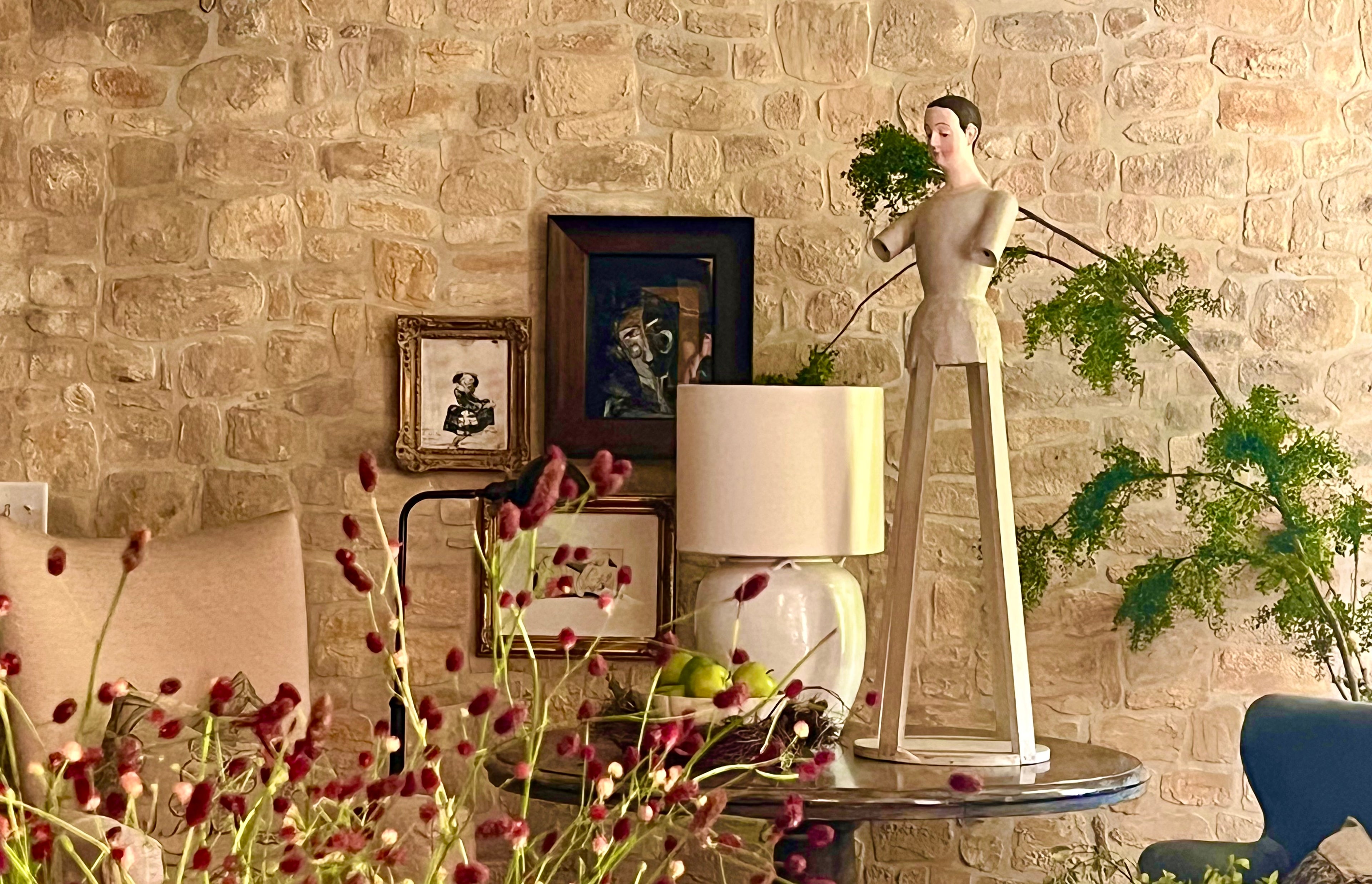How to hide oak grain; Transform wood cabinets with paint!
Share

DIY: Hide oak grain beneath paint!
Problem: Oak has a strong, deep grain and unique pattern that shows, even after it has been painted.


Solution: The solution to creating a smoother, more modern looking door is inexpensive wood filler.

- Plastic Sheeting
- Yellow painters Tape
- Blue Painters Tape
- Fine Sanding Blocks
- 220 grit sanding paper
- Putty Knife
- Razor Knife
- Water Based wood filler
- Small Chip Brush
- Medium Chip Brush
- Large Chip Brush
- Paint Sprayer
- Vacuum
- Water Based Primer
- Water Based Enamel - Color of your choice

Don't let materials date your style: Oak was the wood choice for home builders across the Unites States in the 80's and 90's because of its durability and low cost. While oak kitchens may be dated, they can be given new life with paint.

This dark, wood kitchen looks tired. There is no contrast between the cabinets and floor. The result is a flat, boring room. The rich grey and black granite counter tops are lost, their beauty hidden.



Step Three:
Apply plastic sheeting or paper over walls, floor and ceiling in the kitchen area to protect from over-spray.
Mask off the inside of cabinets. Tape paper or plastic over interior to protect from over spray.
Step Four

Clean doors and cabinets with a mild degreaser.
Step Five

Apply wood filler to doors and cabinets. Use the water based wood filler of your choice. The wood filler paste is thick and should be mixed with water before use. The ratio is one portion of paste to one portion of water. In some cases you may have to add more water to achieve the consistency desired. The preferred consistency should be like a thick paint (not so thick that is difficult to apply with a brush).
Step One
Remove all doors. Place hardware, screws in a container, label.
Step Two
Number all doors and corresponding cabinets. This saves time and energy- don't skip this step! Example: mark door #1 on piece of blue tape with marker and place it on door where hinges or hardware were removed.
Next, write #1 on yellow tape and mark inside the cabinet from which that door was removed.
Cover the colored tape pieces with another piece of tape (to protect from paint).
When hinge is replaced, the bare wood will be covered!
Step Six
Sand doors and cabinet exterior using 220 grit sand paper or a fine sanding block. Use a face mask to protect your lungs from dust.

Step Seven
With a dry brush, dust the doors and cabinets. Use bristles to get into crevices where dust can settle. Vacuum the dust, clean and prepare your work area for paint.
Step Eight
Apply one coat of water based primer with a paint sprayer or roller. Paint sprayers can be rented at your local hardware or paint store. You can apply paint with a brush or roller, but be aware of brush marks or texture they can leave when dry.


Step Ten
Check all doors and cabinets to determine if a second coat of wood filler is needed in any areas. If a second coat is applied, sand, dust and prime those areas again.
Step Eleven
Clean and remove paper and plastic from walls cabinet interiors. Add new hardware (or replace existing) and hang doors. At this time you can have some fun choosing some kitchen accessories!





Related




